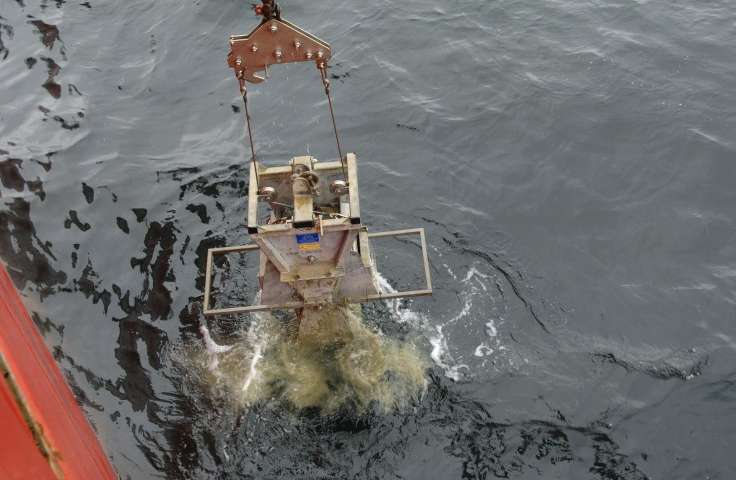Interested making a difference and stop the horror? Sign our petition here…
This week, an article was published in Nature Communications revealing how carbon dioxide changed in the oceans surrounding Antarctica during glacial periods. The team describes the study of the carbonate shells of tiny ocean-dwelling organisms, foraminifera, preserved in sediments covering an underwater mountain beneath the Amundsen Sea close to Antarctica. The ratio of iodine to calcium in the shells is an indicator of ocean oxygen levels. Data from this study shows that during ice ages surface waters of the Southern Ocean had low levels of oxygen. Read more…

Discovery’s Shark Week is early this year and we here at Sea Save Foundation are THRILLED! Put it on your calendar now- June 26th through July 3rd. This is the earliest that a Shark Week has ever aired. Interested in a sneak peak? Take a look at the first trailer here…
 Whale sharks are, without a question, the biggest fish in the sea. This beautiful species can measure up to 43 to 49 feet long. The large sharks are found in the warm waters from India to Belize while the smaller 23 foot sharks, too young to breed, are only seen in the eastern Pacific. Perfectly summarized by marine ecologist Ana Sequeira of the University of Western Australia, ” we need to have the big mums and big dads to keep the species going”. Sequeria and team have studied the best- studied coastal group of whale sharks in western Australia’s Ningaloo Reef. After reviewing the species population data, scientists have seen a significant decrease in size of whale sharks. To read the complete study, click here…
Whale sharks are, without a question, the biggest fish in the sea. This beautiful species can measure up to 43 to 49 feet long. The large sharks are found in the warm waters from India to Belize while the smaller 23 foot sharks, too young to breed, are only seen in the eastern Pacific. Perfectly summarized by marine ecologist Ana Sequeira of the University of Western Australia, ” we need to have the big mums and big dads to keep the species going”. Sequeria and team have studied the best- studied coastal group of whale sharks in western Australia’s Ningaloo Reef. After reviewing the species population data, scientists have seen a significant decrease in size of whale sharks. To read the complete study, click here…
Be sure to “LIKE” http://facebook.com/SeaSave to ensure our “Week in Review” is delivered to your newsfeed every Thursday.





